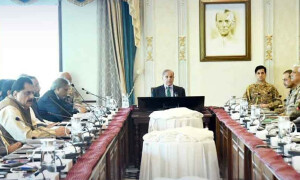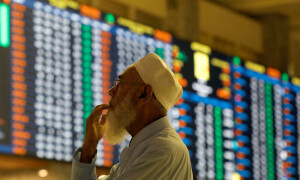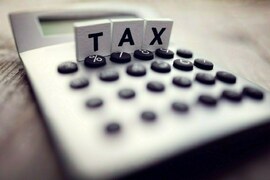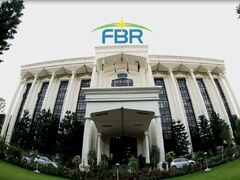 Pakistan is an anecdote society, hardly evolved from the hunter gatherer tradition when early humans gathered around fires to tell stories about what cheetahs and berries they saw that day, and imagining those stories as the complete sum of existence. Well hallo, it’s 2020 if anyone’s noticed.
Pakistan is an anecdote society, hardly evolved from the hunter gatherer tradition when early humans gathered around fires to tell stories about what cheetahs and berries they saw that day, and imagining those stories as the complete sum of existence. Well hallo, it’s 2020 if anyone’s noticed.
While the world is moving towards Big Data, here is a quick laundry list of some of the most elementary yet most critical datasets that are missing in Pakistan – the kind of data that is supposed to provide evidence to lay the foundations of the so-called Naya Pakistan.
Every politician in this country talks about unemployment, and how big of a crisis it is. So do members of civil society with sombre tone. But few know that unemployment in this country has actually gone down in recent years, and has in fact remained within the range of what is construed to be natural rate of unemployment. Either the data is wrong, or the politics and mantra of unemployment is misplaced. One of these needs to be fixed. (See BR Research’s Is unemployment really Pakistan’s big issue?, Sep 5, 2019)
Or take the case of labour – not only as a matter of a factor of production, productivity, etc but also as a matter of labour exports which have proved to be immensely critical to Pakistan’s management of balance of payment – more critical than textile exports itself. Yet the much-needed datasets and other scholarly studies relevant for labour productivity and labour exports are simply wanting. Another missing element are indices like the cost of living index for industrial workers, which are critical to set various sorts of minimum wages in the country – another hot issue for businessmen and progressives alike. (See also Pakistan’s economic stepchild, Jul 22, 2019)
The story of household debt is not too different. Stories abound about huge household debt but data and research on the subject is hardly to be found, whereas crude estimates of the size of household debt can only be based on a survey that was done about a decade ago. (For details read How big is Pakistan’s household debt?, Jan 7, 2020)
But who cares about household debt and labour anyway? These are non-issues for the elite. Does this mean that there is sufficient data and research for the issues that concern the elite? The answer is an outright ‘no’.
Take the case of textile, which is the biggest non-farm employer, and second biggest dollar-earning sector after labour or biggest among goods exports. Has the industry itself or anyone in the government or academia estimated the domestic market size of this all-important sector? No! BR Research was the first to come up with these estimates, and the textile sector did not like it. (See Textile’s crocodile tears, Jun 24 2019)
Likewise, everyone is going potty about the retail boom in Pakistan – even Nishat group has been lured into the mall business. Shabbar Zaidi is also eyeing it lately for his own tax reform agenda, much to the dismay of retailers and traders. But does anyone know the market size of retail industry in Pakistan? Nope! Not at all.
Speaking of taxation, which has become the hottest item of social and political discourse, does anyone has the data about tax gaps of major sub-sectors of economy in relation to the tax potential of those sectors. Again, the answer is a resounding no.
Like taxation, SME finance is also a donor-friendly subject. Yet more than decade after SME finance concerns come to fore, if you want reliable estimates of SME’s share in GDP and employment then all you get is thumbs down. (For details read: Is SME finance really at historic high? Feb 22, 2019)
Nowadays, dairy has caught the attention of both big business groups and small – the Manshas, the Sapphires, the Tabbas, and the Munnos. But despite the fact that livestock GDP is more than half of the country’s agriculture GDP, there is no realisation of the fact that livestock population is actually falling. (Read Falling livestock GDP, Jul 17, 2019)
The hotly debated areas of housing and water are no different. Anyone who begins talking about housing starts with the assumption that there is a shortage of 10 million housing units, whereas research on water begins the famous picture of water availability per capita sloping down while population numbers going up.
Both these estimates come from two different research exercise funded by donors at least about fifteen years ago. As if societies and economies are static, which is why we don’t need periodically updated data to support policy action. Then again, this is a country that conducted a population census after 18 years and still managed to make a mockery of it, to the extent that it’s as if the census has not been held at all.
Those who might think that this is only an outcry of researchers and best ignored, think again! Does the government really want to run a country of more than 200 million people with competing business interests amid hostile politics while trying to reform the economy, by relying on anecdotes, fireside chat, and outdated datasets/ estimates? Is that the big plan? If so, then it is embarrassing, really embarrassing! (See also BR Research’s Free the statistics (division) published, May 2, 2019)


























Comments
Comments are closed.